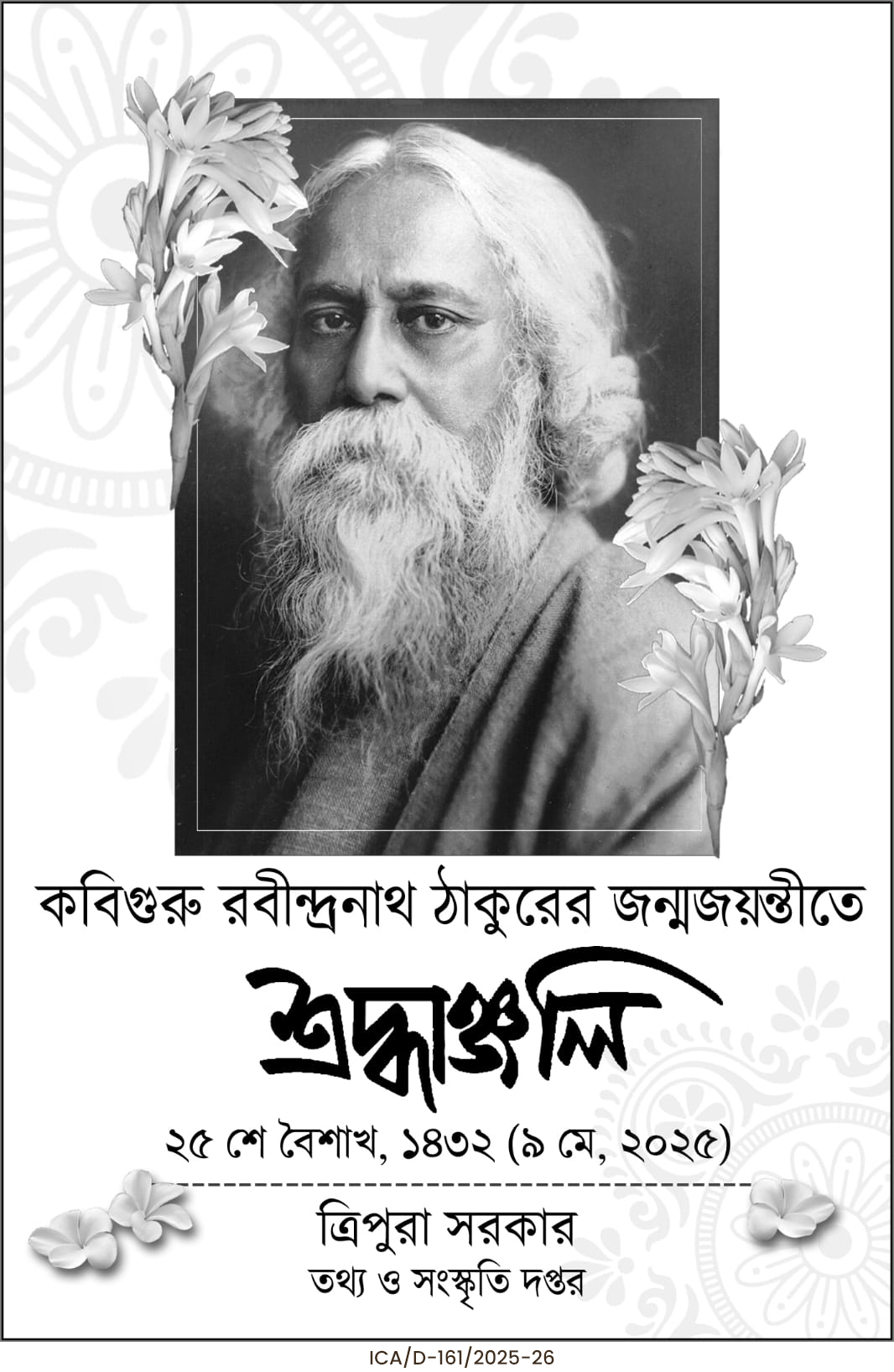New Delhi/IBNS: Defence Minister Rajnath Singh on Thursday said the disengagement of Indian and Chinese troops along the Line of Actual Control (LAC) is almost complete updating about the consensus reached by the two Asian giants.
For over four years, the two countries were engaged in a military standoff along the Line of Actual Control (LAC) following the Galwan clash which took place in June 2020.
Last month, India and China reached a consensus and agreed to disengage along the border in a coordinated and planned way.
Singh on Thursday said, India and China have held diplomatic and military talks to resolve conflicts in some areas along the Line of Actual Control (LAC). Recently, they reached a broad consensus to restore the ground situation, based on equal and mutual security.
This agreement includes patrolling and grazing rights in traditional areas. Disengagement is almost complete, and efforts will continue to move beyond disengagement, but that may take some time.
The disengagement was held at two points of Ladakh, Depsang and Demchok.
The troops of the two Asian giants returned to the status which prevailed before the deadly Galwan clash in 2020.
On Thursday, the Defence Minister dedicated a statue of independence activist Sardar Vallabhbhai Patel to the nation in Arunachal Pradeshs Tawang.
Last month, India and China reached a consensus and agreed to disengage along the border in a coordinated and planned way.
Both the armies had agreed to withdraw from their positions to their respective positions on their sides and verify each others positions after that.
Speaking on the agreement, Vikram Misry, the foreign secretary of India, had said as quoted by The Hindu, Over the last several weeks, Indian and Chinese diplomatic and military negotiators have been in close contact with each other in a variety of forums, and as a result of these discussions, agreement has been arrived at on patrolling arrangements along the Line of Actual Control in the India-China border areas, leading to disengagement and a resolution of the issues that had arisen in these areas in 2020.
Chinese Foreign Ministry spokesperson Mao Ning had said as quoted by India Today, The China-India border situation is generally stable and under control.
Exuding confidence in achieving full resolution, Indias External Affairs Minister S Jaishankar had said 75 percent of the issues in the region of dispute have been addressed.
Galwan Clash
The Galwan skirmish erupted from a dispute over a temporary bridge built by the Chinese in the Galwan River valley in Ladakh.
On June 15, 2020, Indian and Chinese troops engaged in a six-hour clash in the rugged terrain of Ladakh, engaging in hand-to-hand combat with makeshift weapons such as stones, batons, and iron rods.
The face-off occurred in near-complete darkness and freezing temperatures, leading to fatalities as soldiers fell or were pushed from ridges.
Twenty Indian soldiers were martyred in the clash, while China officially acknowledged four casualties, although reports indicate higher Chinese losses, as soldiers drowned in the choppy waters of the Galwan River.
Among the Indians, Colonel B Santosh Babu, the Commanding Officer of the 16th Bihar Regiment, was martyred during the unprovoked aggression by PLA troops.
The Galwan clashes highlighted Chinas aggressive stance towards its neighbouring countries.
Many observers on social media noted similarities between the Chinese attack on Philippine navy ships and the 2020 Galwan Valley clash.





